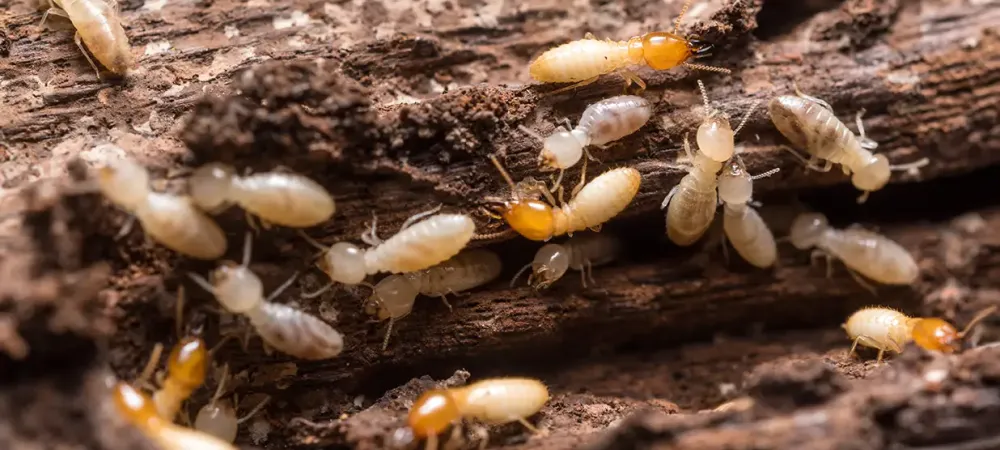Do Termites Only Infest Old Houses?

It’s a common misconception that termites only target older homes. In reality, termites are attracted to conditions, not the age of a house. Both new and old homes can be at risk if they provide food, moisture, or shelter. Understanding what draws termites in and how to spot them can help homeowners protect their property.
Termites Target Homes of All Ages
Termites feed on wood and other cellulose-based materials, which means any home with these materials can be vulnerable. Even newly built houses aren’t immune, especially if they have moisture problems, mulch close to the foundation, or untreated wood.
New homes are still at risk: While construction may be recent, untreated wood, improperly installed landscaping, or irrigation that keeps soil constantly damp can create ideal conditions for termites. Even a small area of wood-to-soil contact can provide an entry point for these pests.
Older homes: Naturally, older homes may have more exposed or aging wood, which can be more appealing to termites. Cracks, weathered siding, or accumulated debris can also make it easier for termites to gain access. However, age alone does not attract termites; environmental conditions and wood availability are the real factors.
By understanding that termites are drawn to conditions, not age, homeowners of any property can take proactive steps to protect their home.
What Attracts Termites to Homes
Termites are drawn to conditions that make feeding and nesting easier. Moisture problems, wood-to-soil contact, and certain landscaping features are the biggest culprits.
- Moisture problems: Leaks, poor drainage, or consistently high humidity create ideal conditions for termites.
- Wood-to-soil contact: Any wood touching the ground, such as wooden siding, steps, or fences, can serve as a direct entry point.
- Landscaping and mulch: Mulch beds, wooden decks, or stacked firewood near the foundation can provide termites with shelter and easy access to your home.
How to Spot Termites in Your Home
Termites are often hard to catch early because they stay hidden while feeding inside wood. However, there are signs to watch for. Mud tubes running along walls or foundations are a common indicator, as termites use them to travel between their colony and food sources. Wood that sounds hollow or feels unusually soft can also signal damage. In addition, winged termites, known as swarmers, may appear in spring or early summer, often around windows or doors, indicating that a nearby colony is established and actively spreading.
Protecting Your Home From Termites
The best way to protect your home from termites is through termite prevention and professional inspections. This includes simple but effective steps, such as keeping wood, mulch, and other cellulose materials away from your foundation and promptly addressing leaks or moisture issues.
Trying to handle termites on your own is not effective and strongly discouraged. Termites often stay hidden deep inside wood or underground, making DIY treatments unlikely to fully eliminate the colony, allowing damage to continue unnoticed. If you suspect a termite problem, and need help determining if termites are present, or if you need termite treatment, contact Justice Pest Services. Our team of experts can identify infestations quickly and provide safe, professional treatments to protect your home.
